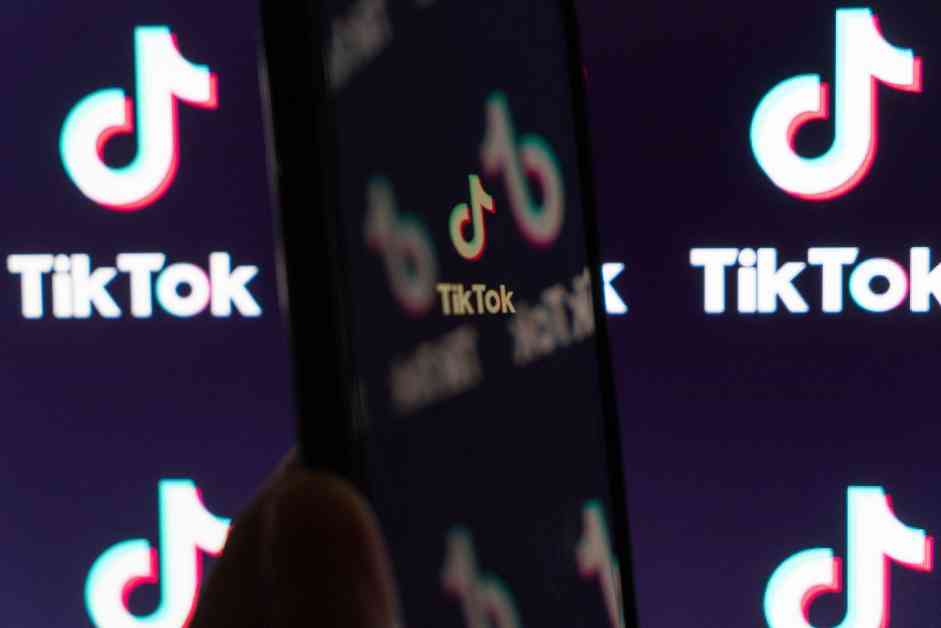The battle for control over digital identity has never been more urgent. As social media platforms grow into global powerhouses, the question of who owns and controls our online interactions is a fundamental issue of personal freedom. Nowhere is this debate more relevant than with TikTok, the social media giant at the center of political scrutiny, corporate battles, and the future of digital autonomy.
Imagine a world where your digital identity is truly your own, where every post, connection, and interaction isn’t locked within the walls of a corporate platform but exists as an extension of your personal autonomy. This isn’t a utopian vision, it’s the necessary evolution of social media in an era where digital sovereignty is a fundamental right.
For decades, we have unknowingly traded our digital independence for the convenience of centralized platforms. Facebook, Twitter, Instagram, these platforms have shaped our digital lives, yet they function more like gilded cages. Every post we create, every relationship we cultivate, every conversation we engage in is ultimately controlled by corporations that can modify, monetize, or erase our digital existence with a single policy change or algorithmic decision.
### A New Vision for TikTok: Project Liberty and OnChain Integration
As TikTok decides on its ownership future, Project Liberty has teamed up with Alexis Ohanian, the co-founder of Reddit, and Kevin O’Leary, renowned investor and entrepreneur known for his role on Shark Tank, to take the platform on-chain. The initiative goes beyond just TikTok; it aims to challenge the centralized control of social networks by corporations, shifting the power back to the users who fuel these platforms.
The key to this transformation is Frequency, a public, permissionless blockchain developed by Project Liberty’s technology team. This blockchain is specifically designed for high-volume social networking, prioritizing interoperability, data sovereignty, and resilience against centralized control. By leveraging Frequency, Project Liberty aims to redefine social media ownership and governance, creating a user-driven internet where individuals hold the reins of their digital lives.
### From TikTok to Bluesky: Embracing Decentralization
The discussion around TikTok’s future underlines a larger paradigm shift in the realm of social media. The necessity for decentralization is not just theoretical; it is an urgent call to reshape the relationship between users and their digital identities. Bluesky, an open-source social media project, emerges as a response to this demand for user-focused platforms.
Bluesky aspires to redefine how users interact with their digital identities, emphasizing decentralization as a means to restore autonomy. However, the project faces challenges related to structural choke points that could compromise its decentralization goals. While Bluesky implements decentralized identifiers and other standards, certain centralization aspects in its architecture pose risks to long-term decentralization.
### Frequency: The Framework for Digital Self-Sovereignty
Amidst the quest for decentralized social media, Frequency emerges as a revolutionary framework for digital identity and social media governance. Unlike traditional platforms, Frequency prioritizes user control over their data and interactions. By implementing minimal, purposeful decentralization, Frequency ensures that users maintain ownership of their digital footprint, enabling them to manage their data with cryptographic protection and granular controls.
Decentralization, as championed by Frequency, represents more than a technical shift; it is a fundamental restoration of user rights. Through a focus on core social events and tokenized incentives, Frequency paves the way for a sustainable, user-centered internet experience. By safeguarding user data against manipulation or censorship, Frequency ensures that the power lies in the hands of the users, not centralized authorities or platform operators.
In conclusion, the journey towards digital self-sovereignty is a pivotal one, defining the future of social media and online interactions. Whether through initiatives like Project Liberty, Bluesky, or Frequency, the collective goal remains the same: to empower users and reshape the digital landscape into a decentralized, user-owned realm. By embracing these innovations, we pave the way for a more open, interconnected, and free internet, where individuals truly control their digital destinies.














